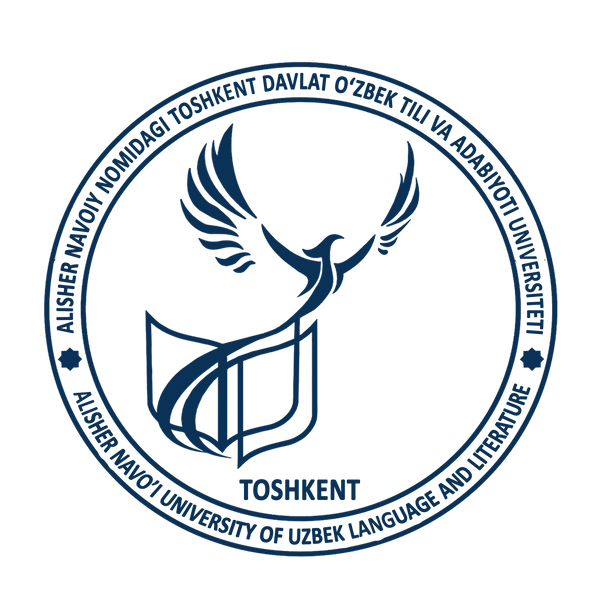Latest Emissions Data By Category

THE TOTAL CARBON FOOTPRINT (CO2 EMISSION IN THE LAST 12 MONTHS, IN METRIC TONS) 
In formulating our Pathway to Net Zero, we examined our sources of greenhouse gas emissions in accordance with the Greenhouse Gas Protocol. Consistent with the framework established by the University sustainability office, all emissions falling under scope 1 and scope 2, along with business travel and commuting emissions, have been accounted for in our fundamental carbon footprint, which constitutes our goal of achieving net zero emissions by 2030.
More extensive scope 3 emissions (related to the supply chain) are integrated into our broader initiative known as "net zero plus," aimed at attaining zero direct emissions by 2050, excluding a few emission sources deemed beyond the scope such as students residing in accommodation and visitor travel.
- ❖ Scope 1 refers to direct emissions originating from owned or controlled sources, for instance, natural gas utilized in boilers.
- ❖ Scope 2 denotes indirect emissions stemming from the generation of purchased energy utilized by the University, such as purchased electricity.
- ❖ Scope 3 encompasses all other indirect emissions occurring in a company's value chain, like business travel or procured goods and services.
Specific emissions reporting objectives
The Pathway to Net Zero outlines specific goals related to emissions reporting:
- ❖ We intend to provide yearly updates on our advancements while closely monitoring greenhouse gas (GHG) emissions every quarter to promptly address any new challenges.
The emissions from Scope 1 and 2 related to the estate are assessed quarterly as part of the Climate Plan reports, contributing to our net-zero objectives. Other emission sources will be reported annually, utilizing various methodologies detailed in subsequent sections of this report.
- ❖ Our emissions reporting will adhere to the GHG Protocol Corporate Standard.
The inaugural annual GHG report since the approval of the Climate Plan will align with this standard, presenting emissions data based on both location and market factors. This statement implies that the process of reporting emissions at the organization will follow the guidelines and requirements set forth in the GHG Protocol Corporate Standard. According to this standard we measure and report our greenhouse gas emissions accurately and transparently. By stating that our emissions reporting will adhere to this standard, we are committing to following a structured and reputable methodology for quantifying and disclosing their environmental impact related to greenhouse gas emissions.
- ❖ Establishing specific milestones and interim targets is a priority for us.
Finalizing the net-zero programme delivery plans is near completion, potentially accelerating emissions reduction efforts along the pathway. This process will conclude in spring 2023 following assessments of retrofit and energy infrastructure feasibility studies. Subsequently, fixed milestones, interim targets, and an updated pathway will be established and reviewed by the Research Partnership Committee.
Reporting methodology and frequency
The reporting of emissions methods and frequency differs depending on the scope:
Scope 1 and 2 facility-based emissions have not allowed for this regular data analysis in recent years, so new processes have been established to review projects for scope 1 and 2 emissions on a quarterly basis.
We calculated additional non-energy Volume 1 emissions to support the addition of these sources to our pathway. These include University waste, waste to be recycled or fugitive waste associated with materials and air conditioning units.
Further work is underway to more accurately estimate the range 3 emissions associated with the wider supply.
Latest emissions data by category
Estate-related emissions falling under Scope 1 and 2
Analysis of the quarterly updates on estate-related Scope 1 and 2 emissions has brought to light discrepancies in comparison to the method applied in calculating emissions data from the Higher Education Statistics Agency (HESA), which served as the initial benchmark for these types of emissions associated with the estate.
Consequently, our quarterly data related to this emission category shows a slight increase of approximately 1% compared to the corresponding period of reporting by HESA. Steps will be taken in the following months to rectify this variance to ensure our emissions reporting complies with the standards set by the GHG Protocol Corporate Standard.
Preliminary data for the academic year 2022–23 – utilizing a new methodology that is not directly comparable to the HESA baseline – demonstrates approximately 2.1% rise from the previous year, increasing from 18,422 tonnes CO2e to 20,772 tonnes CO2e.
Data
Electricity usage per year = 21 482 kWh/year
Number of shuttle buses in the university = 9
Number of cars entering university = 2
Number of motorcycles entering the university = 0
Number of trips for shuttle bus service each day = 72
Approximate travel distance of vehicle each day inside the campus (car) = 1 km/day
Approximate travel distance of vehicle each day inside the campus (shuttle bus) = 1 km/day
Approximate travel distance of vehicle each day inside the campus (motorcycle) = 0 km/day
CO2 (electricity) = (21,482 / 1000) x 0.84 = 18.04488 metric ton
CO2 (gas for heating) = (2,846 / 1000) x 0.84 = 2.39064 metric ton
CO2 (bus) = (9 x 72 x 1 x 240/100) x 0.01 = 15.552 metric ton
CO2 (cars) = ((2 x 2 x 1 x 240)/100) x 0.02 = 0,192 metric ton
CO2 (motorcycle): No motorcycle enters the campus
Total Emission per year = 18.04488 + (2.846+15.552 + 0.192 + 0) = 36.63488 metric ton
From 2022, TSUULL has set strict regulations against carbon footprint emissions across the campuses. The number of shuttle buses has decreased to 9 from 11 buses and merely two university service cars are now entering campuses to run university errands.




